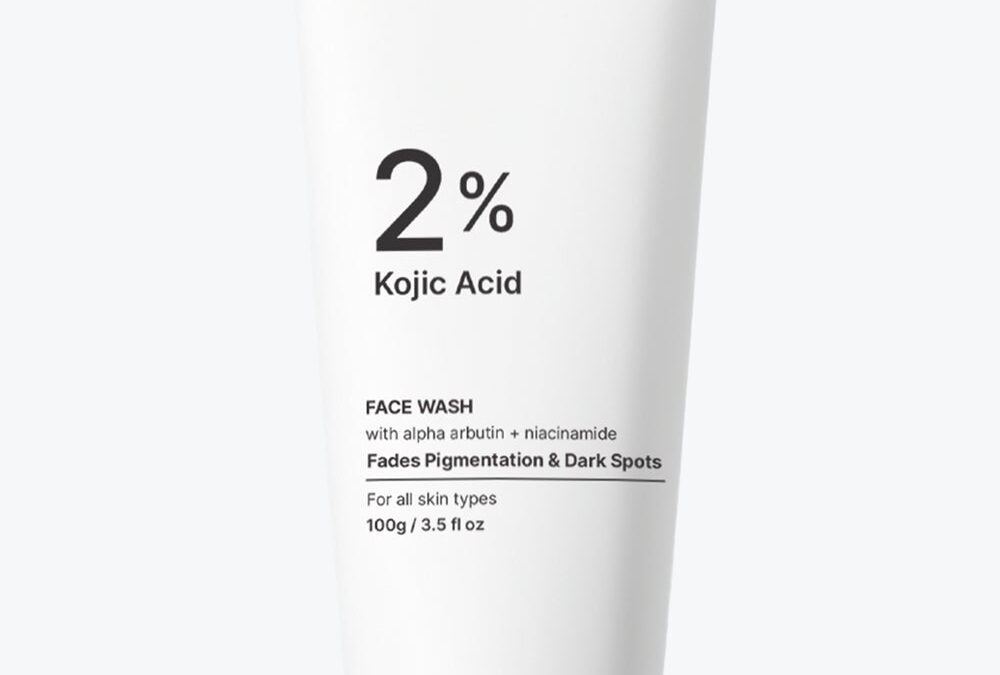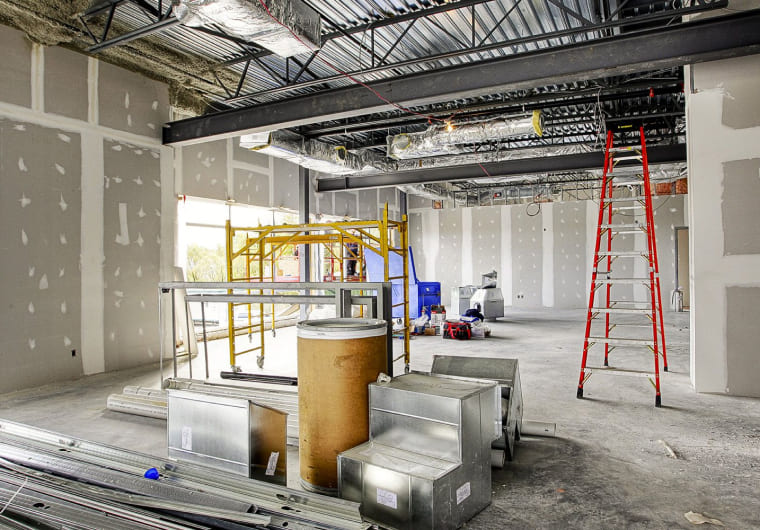A pulled-back muscle can disrupt your daily routine and cause discomfort, but with the right approach, you can promote healing and regain mobility. This guide explores effective tips and techniques to speed recovery while minimizing pain.
1. Identify Symptoms of a Pulled Back Muscle
Recognizing the signs of a pulled back muscle is critical to addressing the issue promptly. Symptoms include:
-
Sharp or dull pain in the back.
-
Muscle stiffness, particularly in the morning or after periods of inactivity.
-
Swelling or bruising around the affected area.
-
Limited range of motion.
-
Muscle spasms or cramping.
If symptoms are severe or persist beyond a few days, consult a healthcare professional to rule out more serious conditions.
2. Initiate Immediate Care with R.I.C.E.
The R.I.C.E. method (Rest, Ice, Compression, Elevation) is a trusted technique for managing acute muscle injuries.
-
Rest: Avoid activities that aggravate your back. Rest allows your body to initiate the healing process.
-
Ice: Apply an ice pack wrapped in a cloth to the injured area for 15-20 minutes every 2-3 hours during the first 48 hours to reduce swelling and pain.
-
Compression: Use a compression wrap to support the muscle and reduce swelling, but ensure it’s not too tight.
-
Elevation: Though challenging for back injuries, lying down with proper support can help alleviate discomfort.
3. Switch to Heat Therapy Post-48 Hours
Once the initial swelling subsides, heat therapy becomes beneficial. Heat increases blood flow, relaxes tense muscles, and accelerates healing. Use a heating pad or warm compress for 15-20 minutes at a time.
4. Engage in Gentle Stretching and Exercises
When the acute pain decreases, gentle movements can restore flexibility and strength. Examples include:
-
Cat-Cow Stretch: Alternate between arching and rounding your back to improve spinal mobility.
-
Knee-to-Chest Stretch: Lie on your back and pull one knee toward your chest to stretch the lower back.
-
Pelvic Tilts: Lie flat on your back with knees bent, then tilt your pelvis upward and downward gently.
Move slowly and stop immediately if the pain intensifies.
5. Strengthen Supporting Muscles
Building strength in your core and back muscles helps prevent future injuries. Include exercises like:
-
Plank Variations: Strengthen your core and stabilize your back.
-
Superman Exercise: Lie on your stomach and lift your arms and legs simultaneously.
-
Bird-Dog Exercise: Extend one arm and the opposite leg while maintaining a neutral spine.
Focus on proper form and progression to avoid overexertion.
6. Take Over-the-Counter Pain Relievers
Nonsteroidal anti-inflammatory drugs (NSAIDs) like ibuprofen can help alleviate pain and reduce inflammation. Follow the recommended dosage and consult a pharmacist or physician if unsure about usage.
7. Prioritize Good Posture
Improper posture can strain back muscles and impede recovery. Adopt these habits:
-
Sit with feet flat on the floor and back straight.
-
Use ergonomic chairs with lumbar support.
-
Avoid slouching when standing or sitting.
8. Incorporate Low-Impact Activities
Staying active promotes circulation and speeds healing. Low-impact activities that protect your back include:
-
Walking: Encourages gentle movement and improves blood flow.
-
Swimming: Reduces strain on your back while providing an effective workout.
-
Yoga: Improves flexibility and builds strength through controlled poses.
9. Focus on Nutrition and Hydration
Proper nutrition fuels muscle repair. Incorporate:
-
Protein: Essential for tissue repair. Include lean meats, eggs, nuts, and legumes.
-
Anti-inflammatory Foods: Add fruits, vegetables, and omega-3 fatty acids from fish.
-
Calcium and Vitamin D: Strengthen bones and support muscle function.
Hydration is equally important to maintain muscle elasticity and prevent cramps.
10. Seek Professional Guidance
Persistent or severe pain requires professional evaluation. Options include:
-
Physical Therapy: A therapist can create a customized rehabilitation plan.
-
Chiropractic Care: Spinal adjustments may alleviate tension and improve mobility.
-
Massage Therapy: Relaxes tense muscles and enhances circulation.
11. Utilize Supportive Gear
Braces and support belts can provide temporary relief and stability. Use them cautiously and avoid over-reliance to maintain natural muscle strength.
12. Optimize Your Sleep Environment
Restorative sleep is vital for healing. Follow these tips:
-
Choose a Supportive Mattress: A medium-firm mattress aligns your spine.
-
Use Pillows Strategically: Place a pillow under your knees if sleeping on your back or between your knees if on your side.
-
Avoid Stomach Sleeping: This position strains your neck and back.
13. Manage Stress Levels
Stress can exacerbate muscle tension and delay recovery. Incorporate stress-relief methods like:
-
Mindfulness Meditation: Focus on deep breathing and present-moment awareness.
-
Progressive Muscle Relaxation: Systematically tense and relaxed muscle groups.
-
Hobbies and Leisure: Engage in activities that help you unwind.
14. Prevent Future Strains
Taking preventative measures reduces the risk of recurrence. Key steps include:
-
Warm Up: Prepare your muscles before exercise or physical labor.
-
Use Proper Lifting Techniques: Bend at the knees, not the waist, when lifting objects.
-
Maintain an Active Lifestyle: Regular exercise strengthens your back and improves flexibility.
-
Maintain a Healthy Weight: Extra weight can strain your back.
15. Track Recovery Progress
Monitor your symptoms and note improvements over time. Keeping a journal can help identify what works best for your recovery and provide useful insights for future reference.
Conclusion
Healing a pulled-back muscle requires a balance of rest, care, and proactive strategies. By following these tips and techniques, you can minimize pain, promote healing, and prevent future injuries. Remember to listen to your body and consult professionals when needed. A thoughtful approach to recovery ensures you’ll regain strength and mobility effectively.







0 Comments